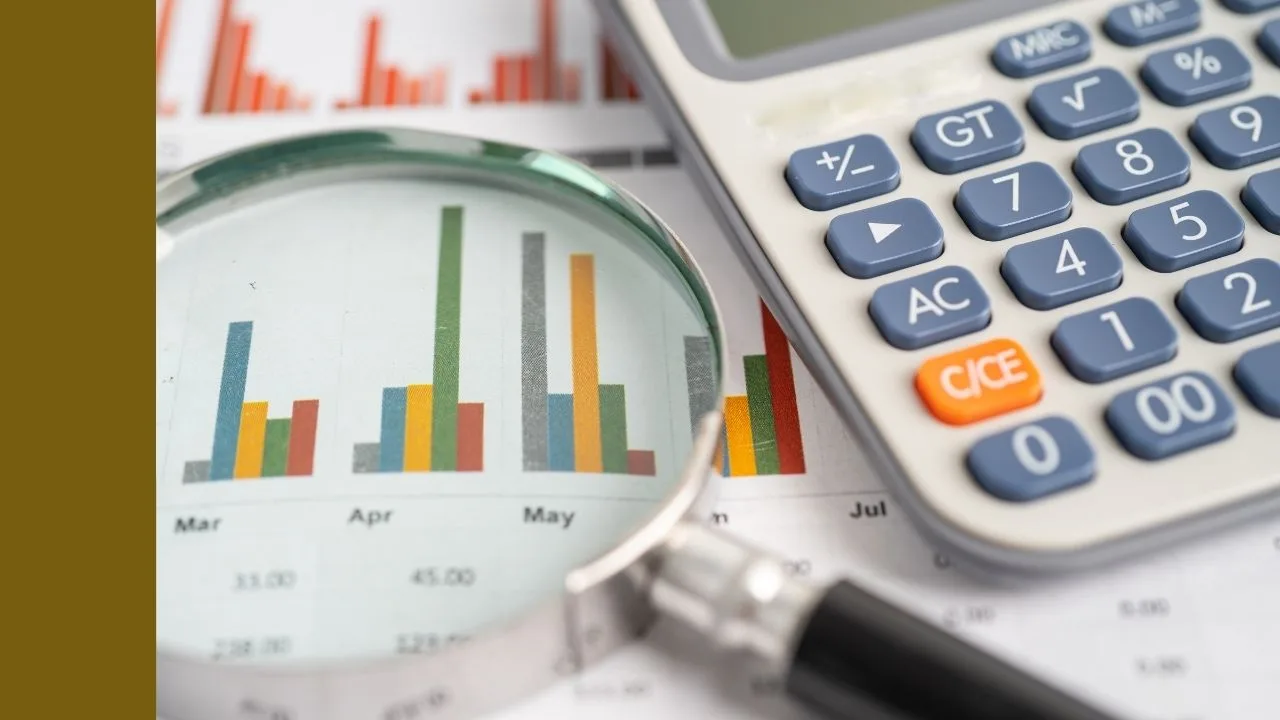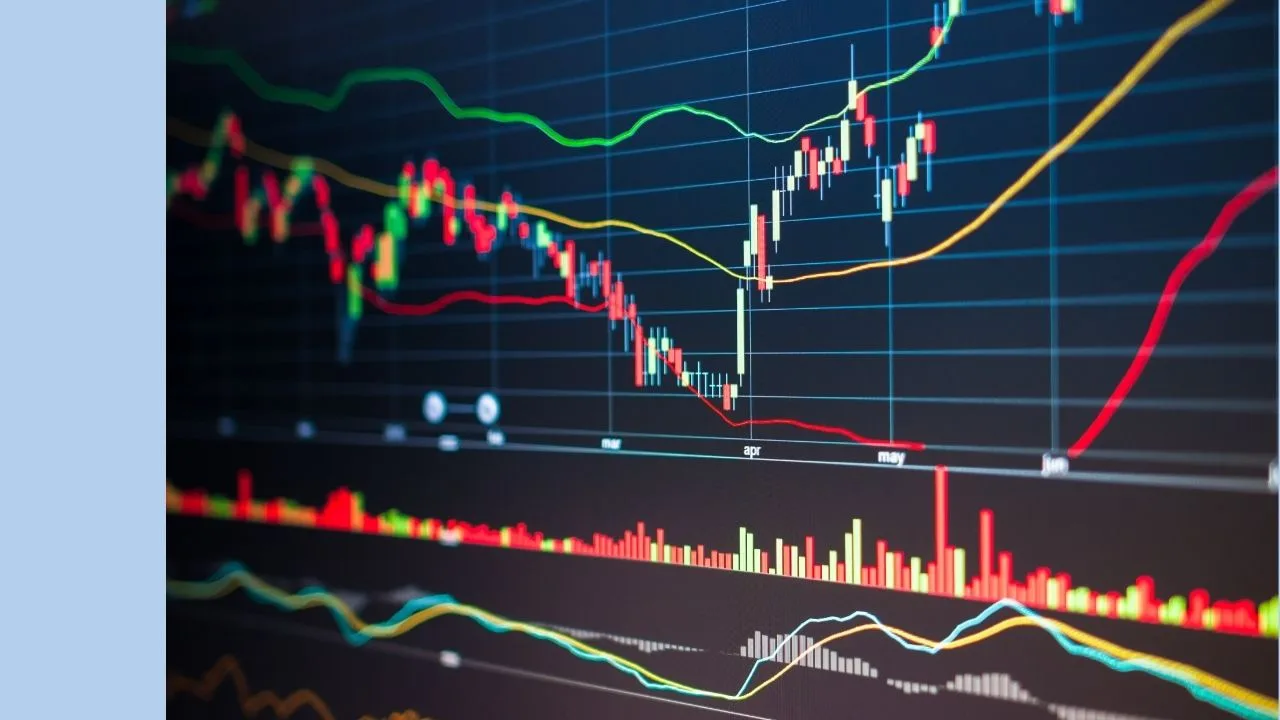Our largest bank shares make up more than one-third of the local share market, measured by the market capitalisation of the largest 200 companies in the S&P/ASX 200 index.
If you really want to understand how to value a dividend share, like a bank or REIT, you should consider watching the tutorial video from the analyst team at Rask Australia.
You can subscribe to the Rask Australia YouTube channel and receive the latest (and free) value investing videos by clicking here.
Price-earnings (PER) analysis
The PE ratio compares a company’s share price (P) to its yearly earnings per share (E) (note: ‘earnings’ is another word for profit).
There are three simple ways to quickly use the PE ratio. First, you can use ‘intuition’ and say ‘if it’s low, I’ll buy shares’ or ‘if it is above 40x, I’ll sell shares’ (whatever works for you).
Secondly, you can compare the PE ratio of a stock like CBA with MQG or the sector average. Is it higher or lower? Does it deserve to be more expensive or cheaper? Third, you can take the earnings/profits per share of the company you’re valuing and multiply that number by a PE multiple that you believe is appropriate. For example, if a company’s profit per share (E) was $5 and you believe the stock is ‘worth at least 10x its profit’ it would have a valuation, according to you, of $5 x 10 = $50 per share.
If we take the CBA share price today ($102.11), together with the earnings (aka profits) per share data from its 2023 financial year ($5.89), we can calculate the company’s PE ratio to be 17.3x. That compares to the banking sector average PE of 12x.
Next, take the profits per share (EPS) ($5.89) and multiply it by the average PE ratio for CBA’s sector (Banking). This results in a ‘sector-adjusted’ PE valuation of $72.22.
A more reliable way to value the CBA share price
A dividend discount model or ‘DDM’ is a more robust way of valuing companies in the banking sector.
DDM valuation models are some of the oldest proper valuation models used by professional analysts or brokers on Wall Street (note: just because they’re old doesn’t make them ‘good’). A DDM model takes the most recent full year dividends (e.g. from last 12 months or LTM), or forecast dividends for next year, and then assumes the dividends remain consistent or grow for the forecast period.
To make this DDM easy to understand, we will assume last year’s dividend payment ($4.50) grows at a fixed rate each year.
Next, we pick the ‘risk’ rate or expected return rate. This is the rate at which we discount the future dividend payments back to today’s dollars. The higher the ‘risk’ rate, the lower the share price valuation.
We’ve used a blended rate for dividend growth and a risk rate between 6% and 11%, then got the average.
This simple DDM valuation of CBA shares is $85.78. However, using an ‘adjusted’ dividend payment of $4.37 per share, the valuation goes to $78.33. The expected dividend valuation compares to Commonwealth Bank of Australia’s share price of $102.11. Since the company’s dividends are fully franked, you might choose to make one further adjustment and do the valuation based on a ‘gross’ dividend payment. That is, the cash dividends plus the franking credits (available to eligible shareholders). Using the forecast gross dividend payment ($6.24), our valuation of the CBA share price calculation to $111.91.
Is this CBA valuation reasonable?
Our two models could be used as an introductory guide for how the valuation process works. Analysing a bank share like Commonwealth Bank of Australia is a complicated task. If we were looking at the shares and considering an investment, we would first want to know more about the bank’s growth strategy. For example, are they pursuing more lending (i.e. interest income) or more non-interest income (fees from financial advice, investment management, etc..
Next, take a close look at economic indicators like unemployment, house prices and consumer sentiment. Where are they headed? Finally, we believe it’s important to make an assessment of the management team. For example, when we pulled data on CBA’s culture we found that it wasn’t a perfect 5/5. Culture is one thing to think carefully about.









